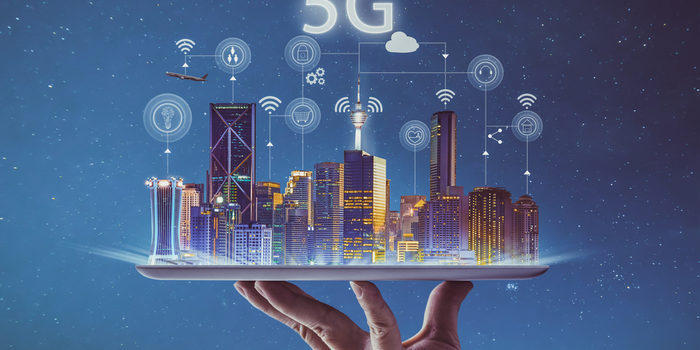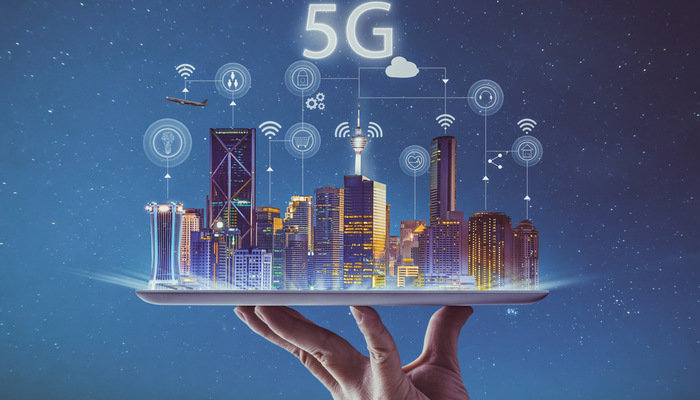


The big shift from one to the next generation of wireless connectivity is right around the corner. This time around, the shift is coming in the form of 4G LTE coverage being augmented by 5G, an event that is being hotly anticipated by tech insiders.
The question on most consumers’ minds, however, is “will this make my phone obsolete?” In the current smartphone landscape, customers are keeping their phones for longer, upgrading less often and sticking with what they know. This makes the upcoming generational shift a bit uneasy for some people. Let’s take a closer look.
Availability
Some big cities are currently seeing major communications companies rolling out 5G networks. They’re all in their infancy at the moment, and they may represent a smaller portion of the current tech landscape than advertising would have you believe. At present, less than ten percent of the country even has access to these networks.
Beyond this, 5G connections have some notable drawbacks. They’re blisteringly fast: faster, in fact, than fiber optic connection in your own home. However, this doesn’t mean that they’re a strict upgrade over existing wireless communications. Case in point: 5G signals sport a very short wavelength, which means that they can be blocked by trees, double-pane glass and thin walls. They can also only travel a short distance.
Obsolescence?
This is where the overlap between 4G LTE and 5G comes in. While the conventional wisdom holds that 5G connectivity is replacing LTE, this is actually inaccurate. As we stated earlier, 5G will be augmenting 4G for years to come. Due to 5G’s inherent limitations, it will need to work with existing 4G infrastructure in order to cross larger distances and work through blocking obstacles.
What this means is that your 4G phone won’t be going extinct any time soon. In fact, this is likely to mean that your 4G phone is getting a shot in the arm. The addition of 5G technology to existing infrastructures means that you’re likely to see faster, more consistent speeds on your existing 4G handsets.
How is this Different?
If this sounds weird, it’s because it is. Prior shifts in wireless technology were massive revolutions, as all of the old tech got tossed out in favor of the new hotness. Wireless communications technology was simply advancing at such an absurd pace that it was hard to even incorporate tech that was a few years old into new infrastructures. That’s changing in the modern era.
Today, technology is advancing in less dramatic ways. The way data is compressed, the style employed to send that data, is what is shifting now. Existing wireless technology is still great at covering large distances and penetrating barriers. 5G is just a more efficient way of sending that data directly over short distances. In a sense, this will act as an upgrade to existing infrastructure.
Reasonably Useful
Another reason why 5G won’t be replacing LTE any time soon is the simple reality of the way people use their phones. Internet speeds and network connectivity are hitting something of an endpoint. Yes, we can make them faster, and yes, there are some uses for 2GBps speeds. However, those uses are incredibly specific and narrow: augmented reality, video game streaming and similarly high-demand tasks.
Most people just need their phones to stream internet videos and music from their favorite artists. The cost associated with incorporating these ever faster and stronger signals is giving diminishing returns, and most people are quite pleased with their current phone’s performance. There’s just less to improve upon now than ever before. And, in our opinion, this is a good thing. Now, let’s work on just perfecting what we have in front of us.










